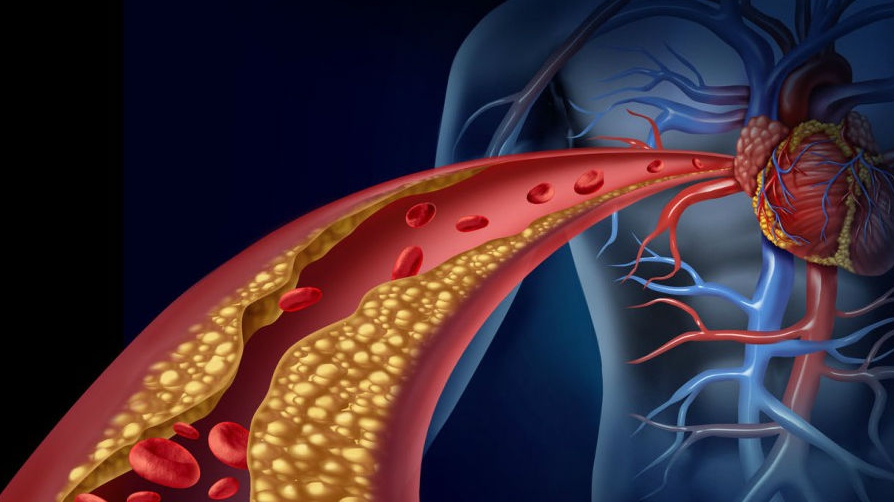What is dyslipidemia?
Dyslipidemia is a high level of lipids (cholesterol, triglycerides, or both) carried by lipoproteins in the blood. It is characterized by abnormally high levels of total cholesterol, low density lipoprotein (LDL)—the bad—cholesterol, or triglycerides, and an abnormally low level of high density lipoprotein (HDL)—the good—cholesterol.
What are the risk factors?
Hereditary
Consuming a diet high in saturated fats, trans fats, and cholesterol
Having diabetes or certain other disorders
Being physically inactive0
Consuming large amounts of alcohol
Using certain drugs
What are the symptoms of dyslipidemia?
High lipid levels in the blood usually cause no symptoms. Occasionally, when levels are extremely high, fat can deposit in the skin and tendons or even in the eyes.
Very high triglyceride levels can cause the liver or spleen to enlarge, a burning sensation in the hands and feet, problems breathing, confusion and increase the risk of developing pancreatitis.
How is dyslipidemia managed?
Lose weight
Exercise
Decrease saturated fats in the diet
Often lipid-lowering drugs
Statins: Statins reduce the synthesis of cholesterol in the liver by competitively inhibiting HMG-CoA reductase activity. The degree of LDL-C reduction is dose dependent and varies between the different statins. Muscle symptoms are the most commonly described clinically relevant adverse effect of statin treatment.
Bile acid binders: By binding the bile acids, the drugs prevent the entry of bile acids into the blood and thereby remove a large portion of the bile acids from the entero-hepatic circulation. The liver, depleted of bile, synthesizes more from hepatic stores of cholesterol. Gastrointestinal adverse effects (most commonly flatulence, constipation, dyspepsia and nausea) are often present with these drugs.
Cholesterol absorption inhibitors: By inhibiting cholesterol absorption at the level of the brush border of the intestine cholesterol absorption inhibitors reduce the amount of cholesterol delivered to the liver. No major adverse effects have been reported; the most frequent adverse effects are moderate elevations of liver enzymes and muscle pain.
PCSK9 inhibitors: The mechanism of action relates to the reduction of plasma levels of PCSK9, which in turn is not available to bind the LDL-C receptors and degrade them. The efficacy at reducing LDL-C is in the range of 50–70%, independent of the presence of a background therapy. Among the most frequently reported side effects are itching at the site of injection and flu-like symptoms. In some studies an increase of patient-reported neurocognitive effects was described.
What lifestyle modifications are needed?
Exercise and a diet low in saturated fat and cholesterol can lower the LDL cholesterol level. Experts recommend limiting calories from fat to no more than 25 to 35% of the total calories consumed over several days. However, people with high triglyceride levels also need to avoid consuming large amounts of sugar (whether in foods or beverages), refined flour (such as the one used in most commercial baked goods), and starchy foods (such as potatoes and rice).
References: http://www.merckmanuals.com; 2016 ESC/EAS Guidelines for the Management of Dyslipidemias




